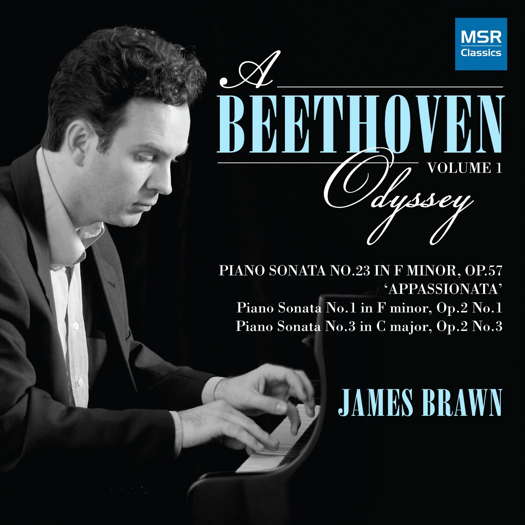- Heli Lääts
- Finzi
- Derby Cathedral Choir
- Sigrid Kehl
- John Carewe
- Lea Birringer
- Tyshawn Sorey
- Jessica Meyer
 SPONSORED: CD Spotlight. A Fantastic Collection. Penelope Cave Panorama CD. Little-known harpsichord gems, strongly recommended by Alice McVeigh.
SPONSORED: CD Spotlight. A Fantastic Collection. Penelope Cave Panorama CD. Little-known harpsichord gems, strongly recommended by Alice McVeigh.
All sponsored features >>
 SPONSORED: CD Spotlight. Masterfully Controlled - James Brawn's Beethoven Odyssey impresses Andrew Schartmann.
SPONSORED: CD Spotlight. Masterfully Controlled - James Brawn's Beethoven Odyssey impresses Andrew Schartmann.
All sponsored features >>
Lobgesang
Felix Mendelssohn's huge and neglected second symphony, Op 52, in B flat, was commissioned in 1840 for a festival in Leipzig to celebrate the four hundredth anniversary of Johannes Gutenberg's invention of the mechanical printing press. The work, first performed in J S Bach's Thomaskirche on 25 June 1840, is basically a journey from darkness to light. The first three movements are for orchestra alone, grouped as a sinfonia.
The symphony is generally called Lobgesang ('Hymn of Praise') due to it's extended vocal and choral finale which consists of a further nine separate numbers featuring three vocal soloists - two sopranos and a tenor - mixed choir, organ and orchestra. The words are taken from the Lutheran bible, and sung in German, and the whole work, which plays for well over an hour, is really a symphonic cantata.
Mendelssohn modelled his work on Beethoven's Choral Symphony, leaving himself vulnerable to his enemy Richard Wagner's quip that it was a pale imitation of Beethoven's more famous work. The Hymn of Praise Symphony was initally very popular, but has been seldom performed since its composer's death.

